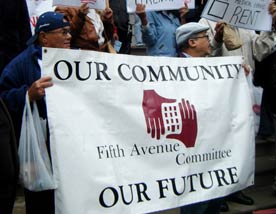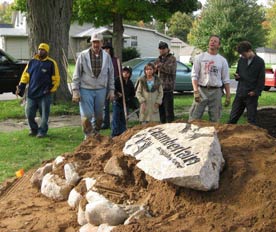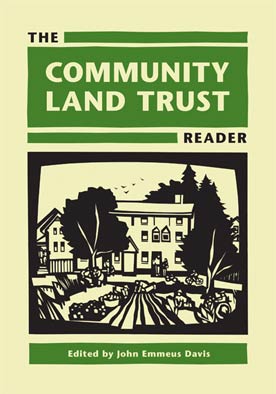The movement that can be described as migrant justice has many forms of activity, including community-based labor organizing. The Immigrant Workers Centre (IWC) in Montreal is a good example of this. Founded in 2000 by a small group composed of Filipino-Canadian union and former union organizers and their activist and academic allies, the center was intended to provide a safe place outside the workplace where workers could discuss work-related issues and concerns. This concept grew out of the experience of two of the founders, who had worked as union organizers. They observed that much of their recruitment and education to support a union drive had to take place outside of the workplace, and, apart from personal homes, there were few places where this could happen, particularly in a collective way.
Organizations like the IWC recognize that it is impossible to organize directly in the workplace because of the precarious nature of many of the jobs of immigrant workers. Therefore, the target of their campaigns has been the state, demanding improvements in conditions for everyone at the bottom end of the labor market. Policy-oriented campaigns centered around making improvements in labor standards or extending coverage of health and safety legislation to more classes of workers demand state intervention. The lesson here is that the state, be it municipal, provincial/state, or national, plays a central role in shaping social and economic conditions and should not be abandoned as a target through a renewed focus on community development.
The activities of the IWC cover individual rights counseling, popular education, and political campaigns that reflect the general issues facing immigrant workers, such as dismissal, problems with employers, or, sometimes, inadequate representation by their unions. Labor education is a priority, targeting organizations in the community and increasing workers’ skills and analysis. Campaigns are viewed not only as a way to make specific gains for immigrant workers, but also as a way to educate the wider community about the issues that they face.
The IWC and other similar centers see individual service as a key way to attract people to their organizations and often the issues brought in then contribute to building collective action and campaigns. For an individual to step forward to challenge his or her boss on an issue of working conditions is an act of courage and is inherently political. Other workers often share these problems and so with support and coordination from a place like IWC, they can form the basis for collective action and campaigns for policy change. The IWC’s campaign to cover domestic workers under health and safety legislation began this way. For community organizing in general, working with individuals can be a beginning point to initiate collective action.
In tribute to the late Howard Zinn, we need to embrace the notion that ordinary people make history and that despite the difficult contemporary period, real change will come from the demands and mobilization of people in their communities and workplaces.





Comments